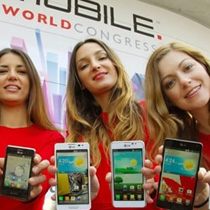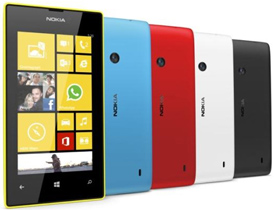 Low-end devices are expected to spearhead the next wave of smartphone adoption, bringing the internet to the poor in the process
Low-end devices are expected to spearhead the next wave of smartphone adoption, bringing the internet to the poor in the process
It’s no secret. The poorer part of the world is information-hungry. Their best bet of tapping into the vast well of the internet is via a hand held mobile device.
Alas, older, cheap cell phones do not do a very good job in this respect, and state of the art smartphones are too expensive.
Budget smartphones are the obvious answer.
During the 2012 Christmas trading period, smartphone sales outstripped standard cell phone sales globally for the first time. A good portion of those sales is attributable to budget smartphones. As a consequence, things are heating up at the low end.
Everyone is scurrying to secure a piece of the pie in the emerging markets of Africa, Asia and Latin America, where more and more people want a nice smart (or smartish) phone, but cannot fork out R5000-plus for it.
A number of mobile phone manufacturers are churning out smartphones priced below R2000, or even R1000.
At the 2013 Mobile World Congress in Barcelona (February 25-28), Nokia announced its new affordable Lumia range, 720 and 520. Samsung launched its budget REX series. ZTE came out with the first smartphone in the world to use Mozilla’s OS Firefox. Other formidable competitors in the low-end smartphone market include LG, Huawei, Mediatek, and so on.
Between them, they will, hopefully, bring the internet to the poor as they compete to put their device into the hands of the next billion smartphone users.
 Among the budget smartphones already on the market, reviewers often recommend HTC Wildfire S, Sony Xperia U, BlackBerry Curve 9320, Nokia Lumia 620, Samsung Galaxy Y, and many more.
Among the budget smartphones already on the market, reviewers often recommend HTC Wildfire S, Sony Xperia U, BlackBerry Curve 9320, Nokia Lumia 620, Samsung Galaxy Y, and many more.
So, if you are in the market for a smartphone that won’t cost you thousands of rands, you are spoilt for choice, and can expect to be spoilt even more!








